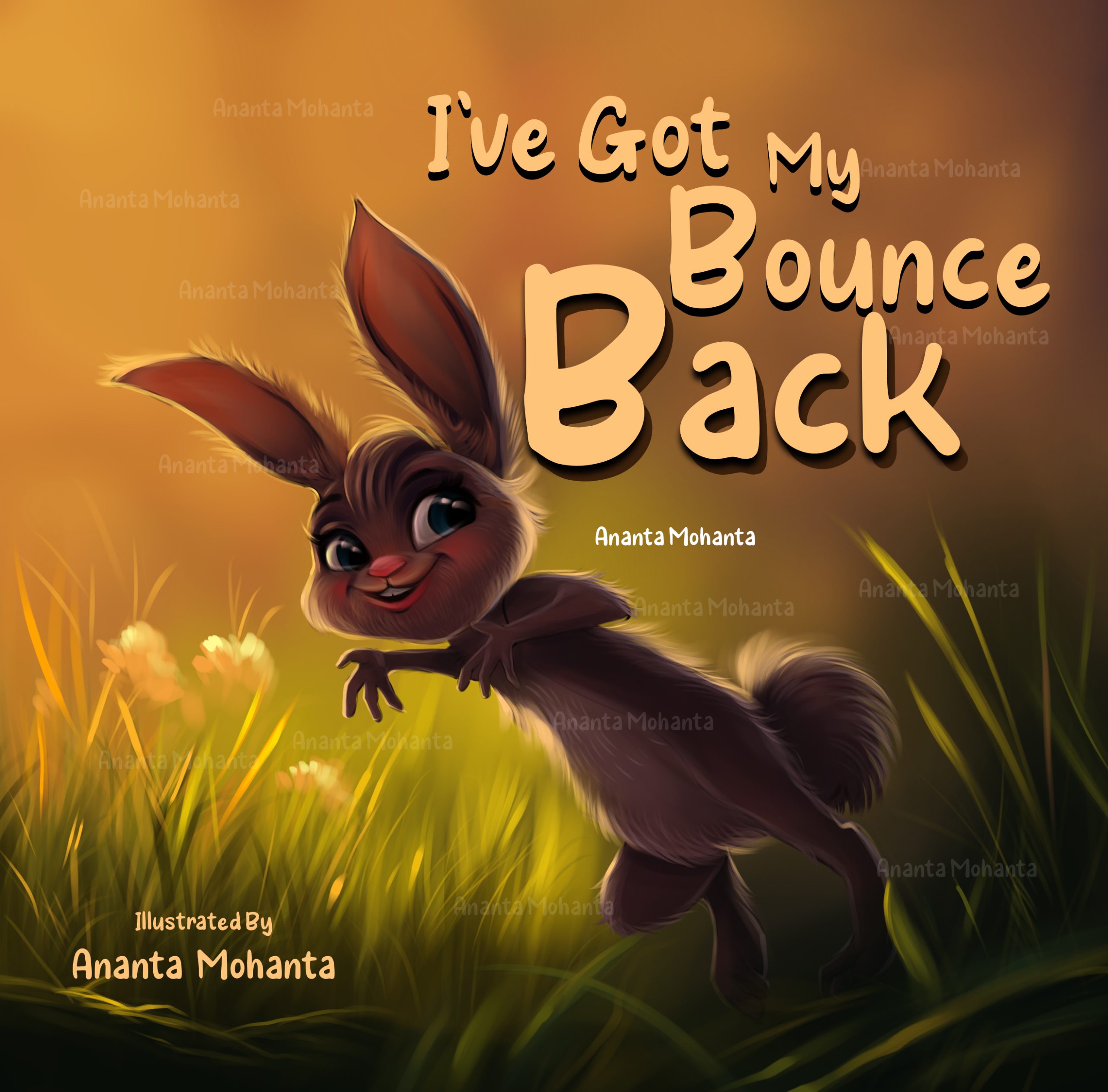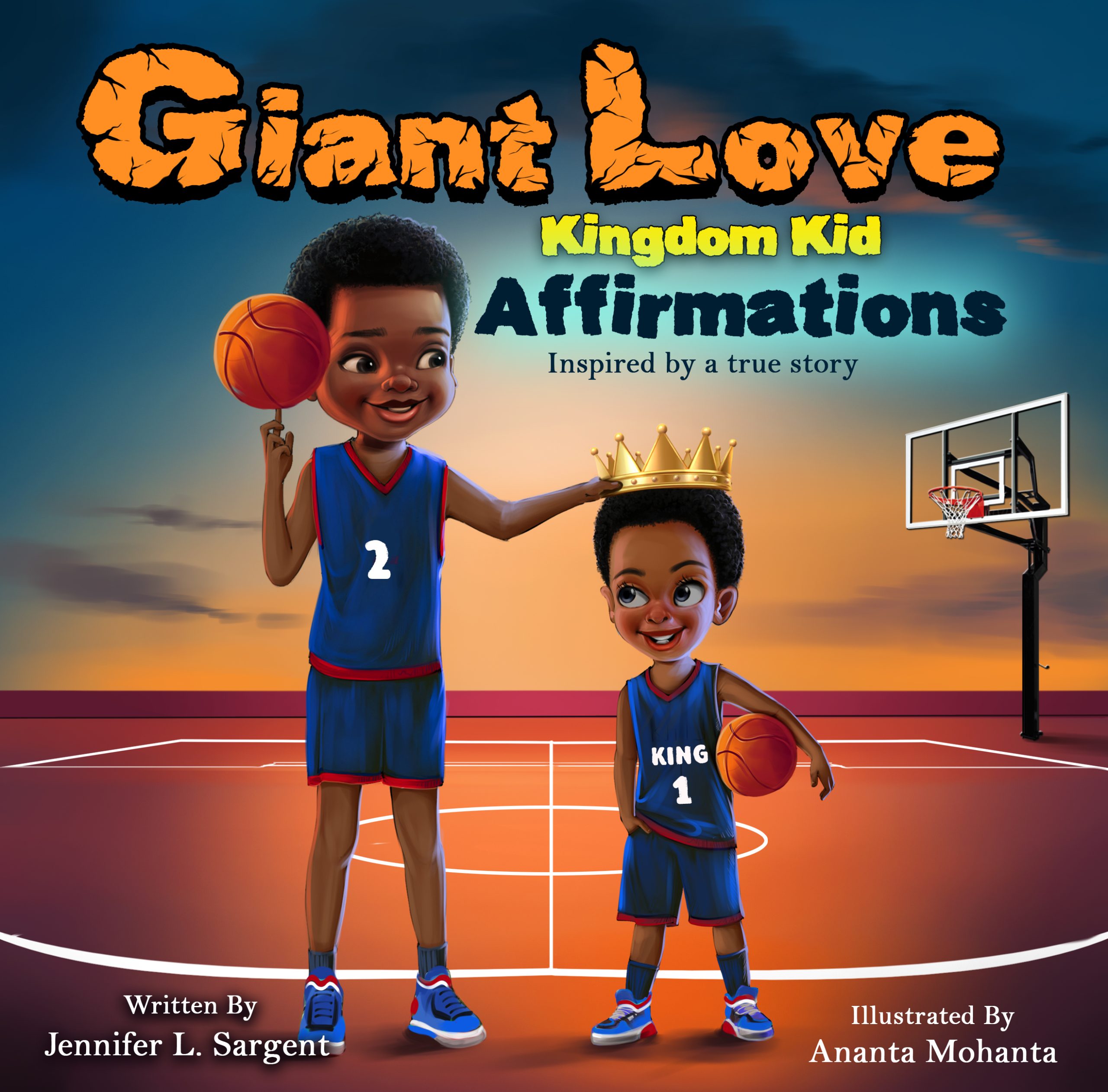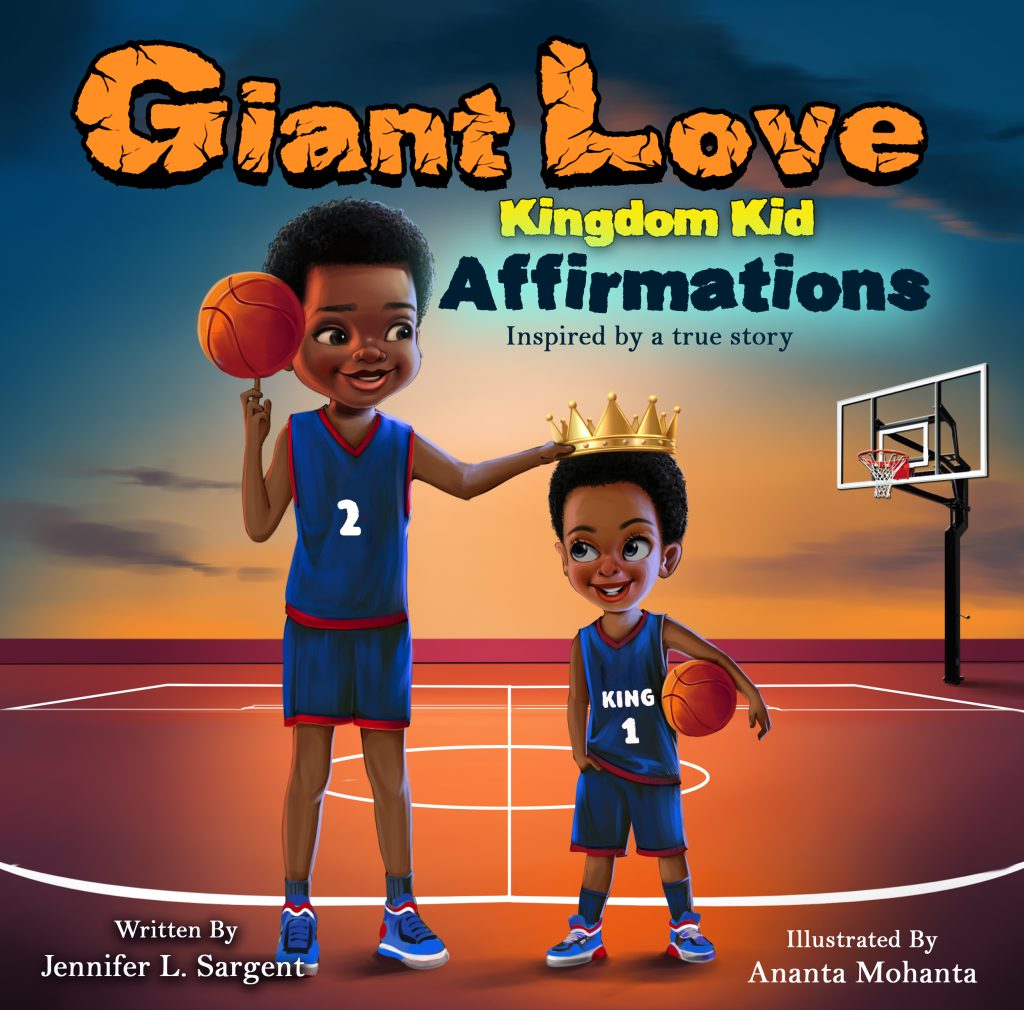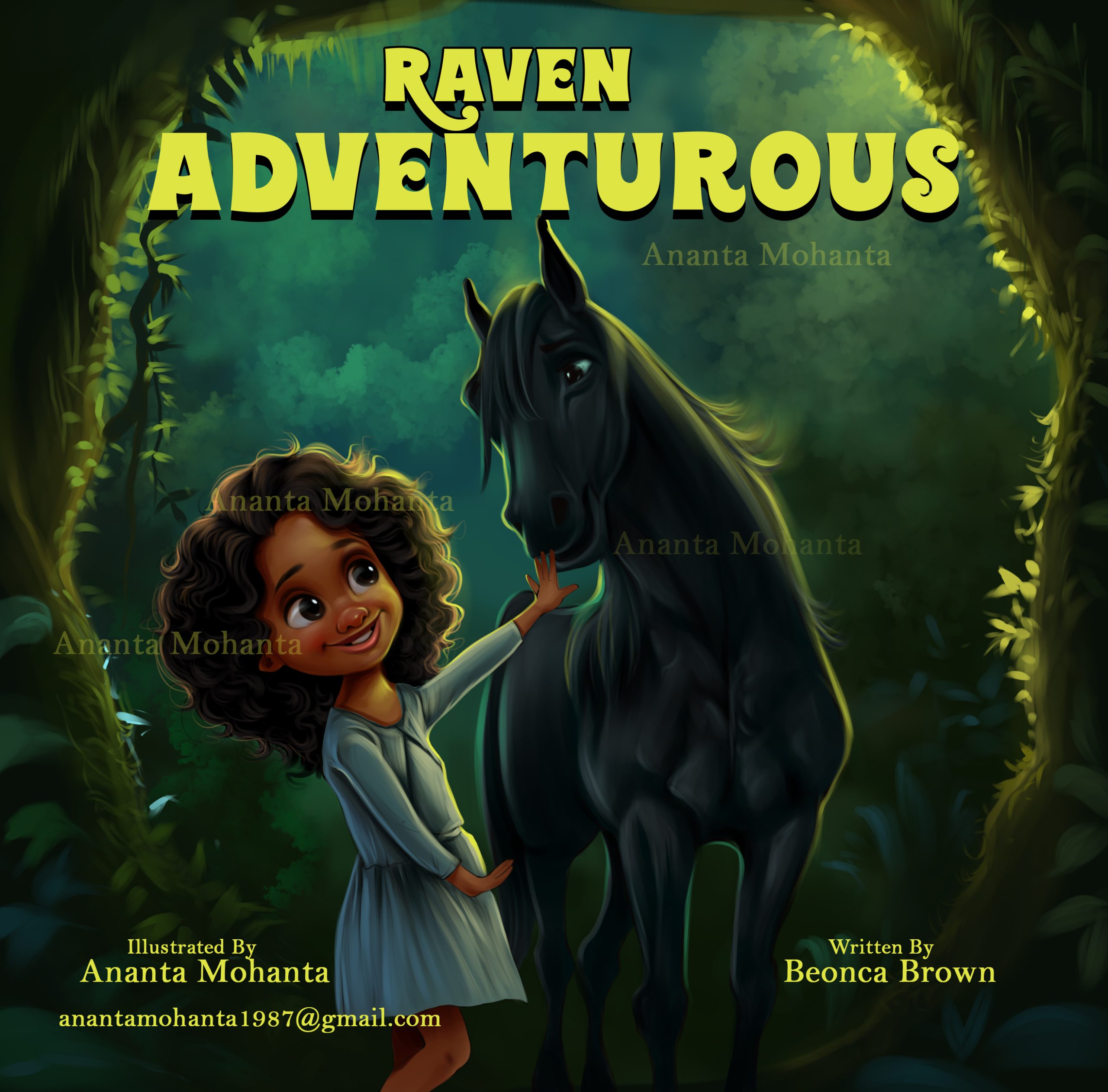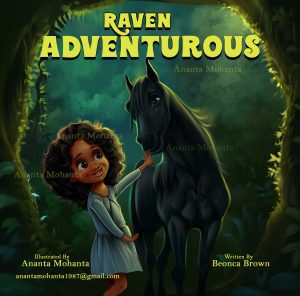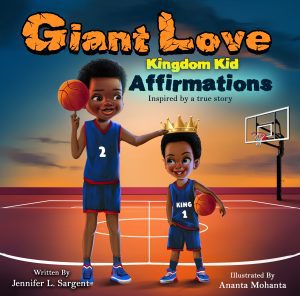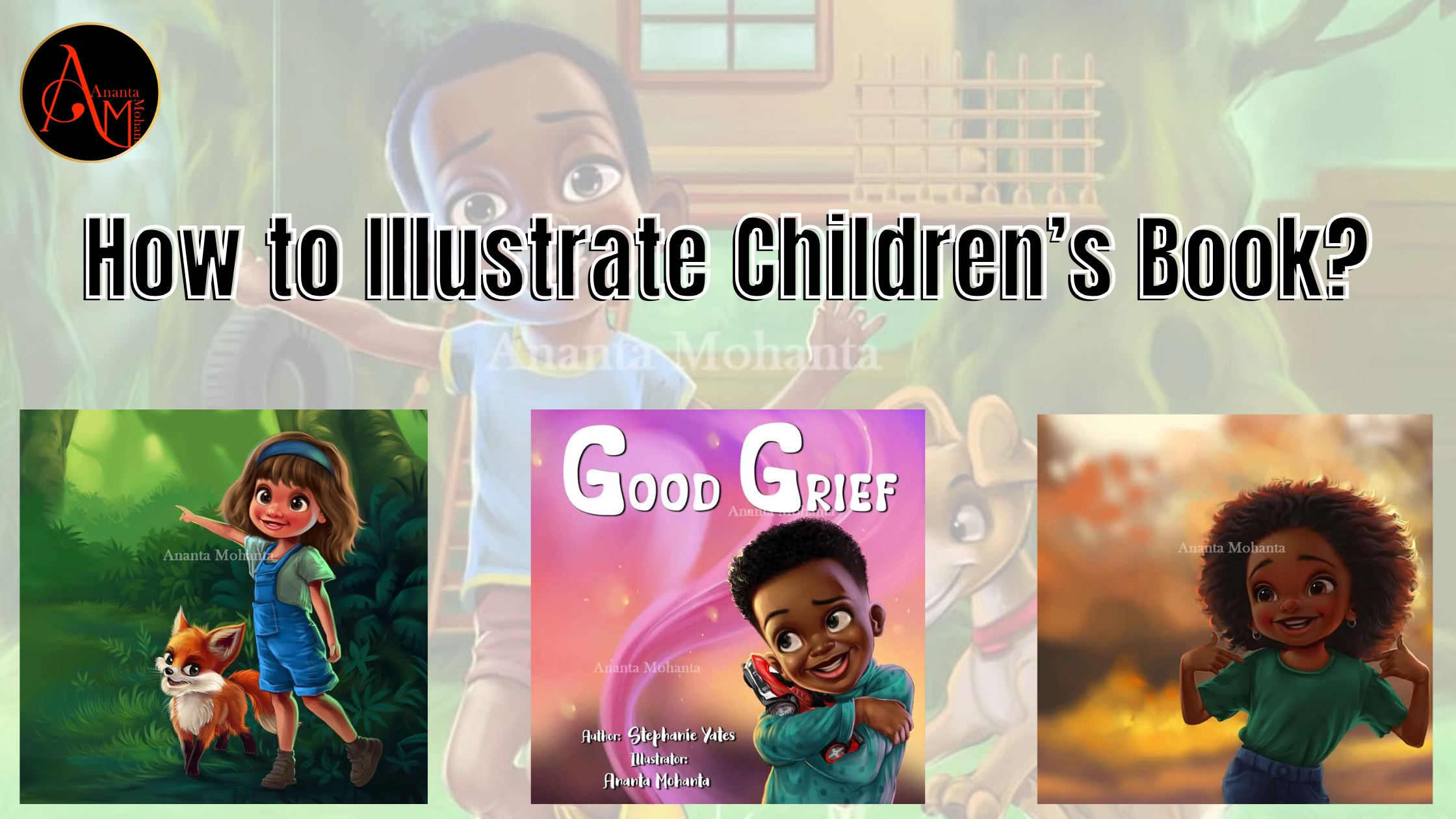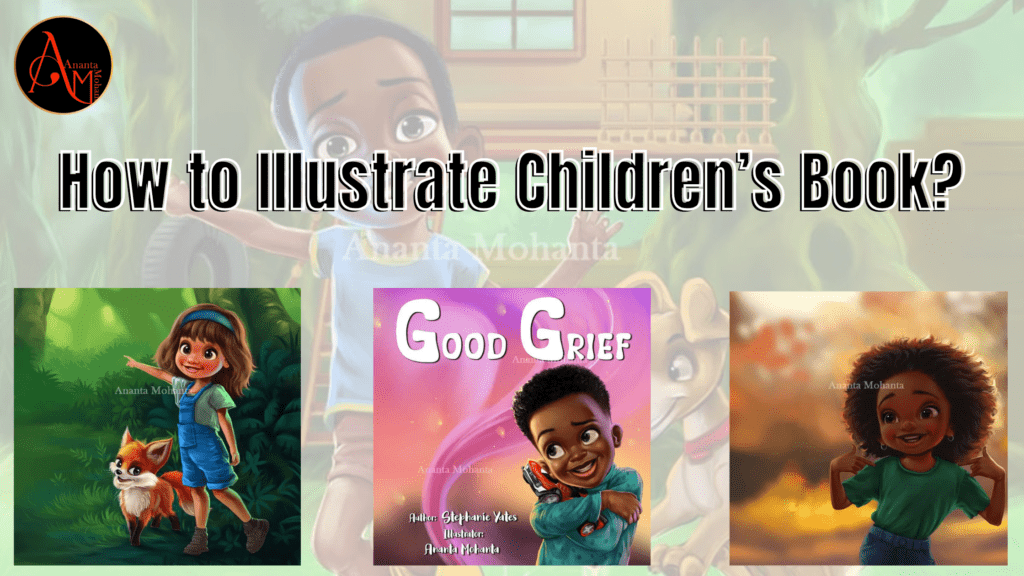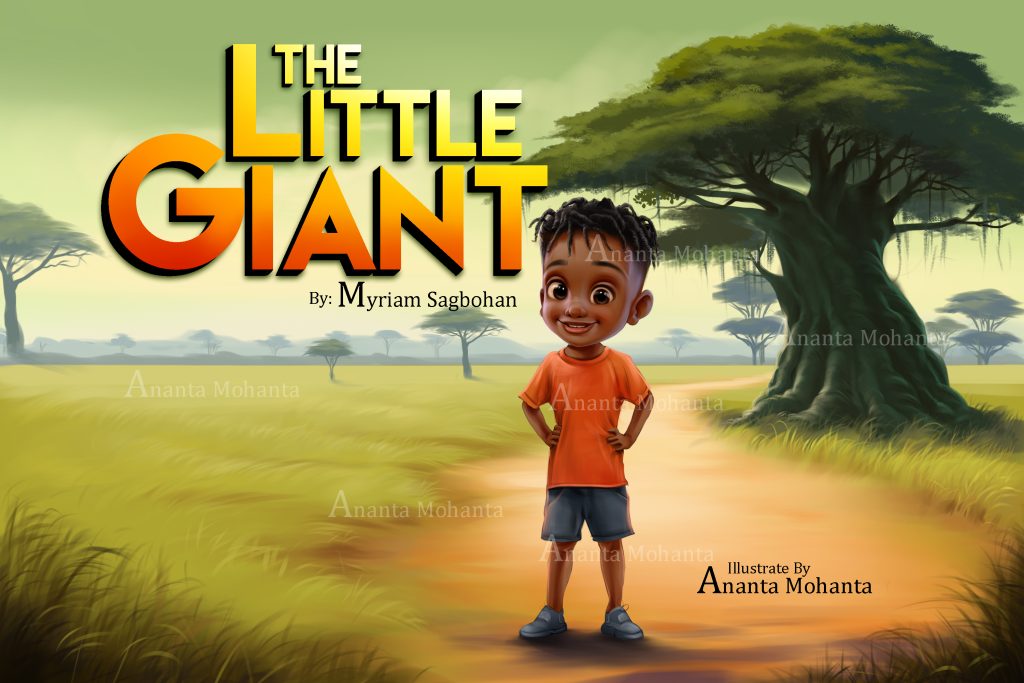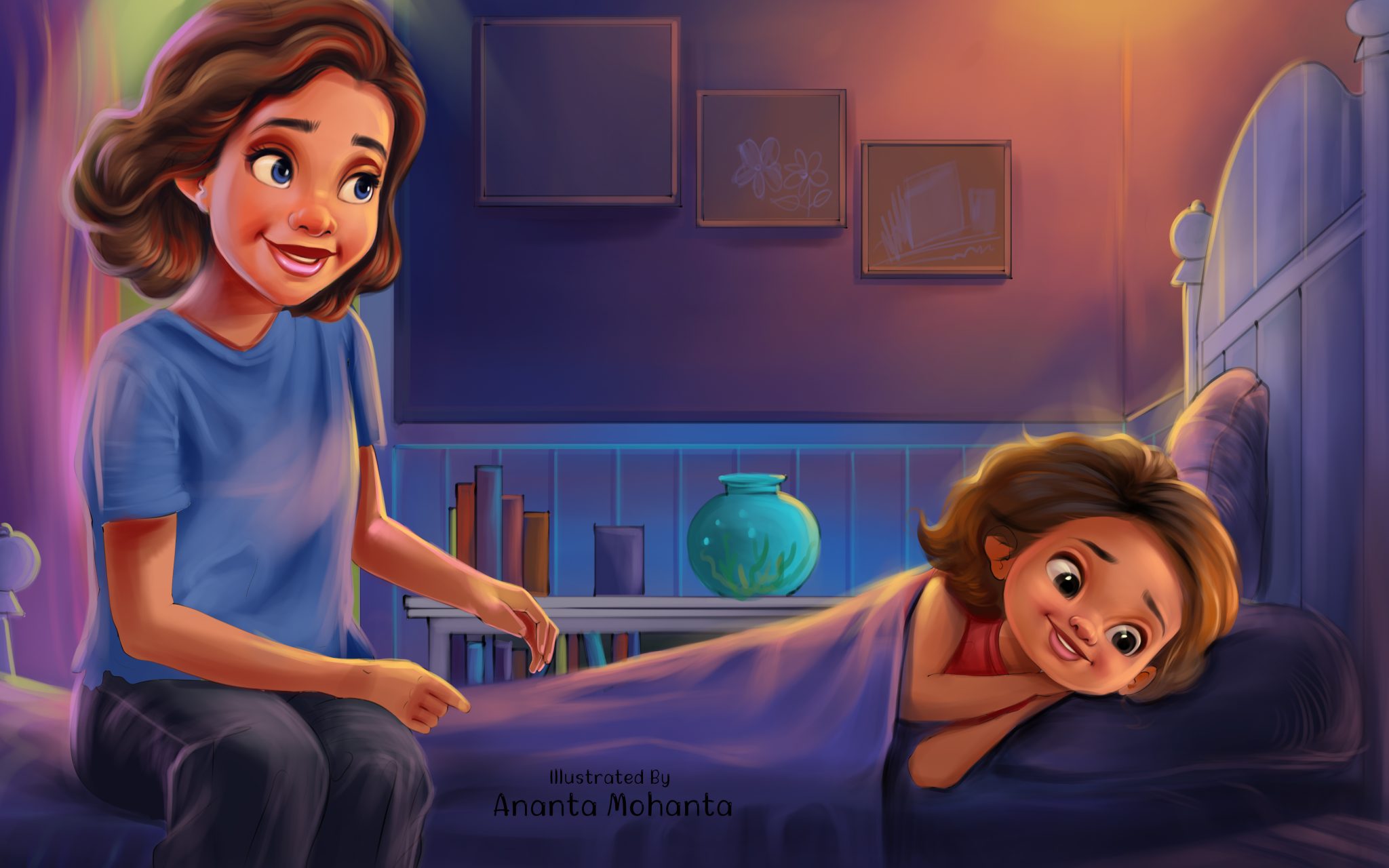Became a Trusted Children’s Book Illustrator for Hire
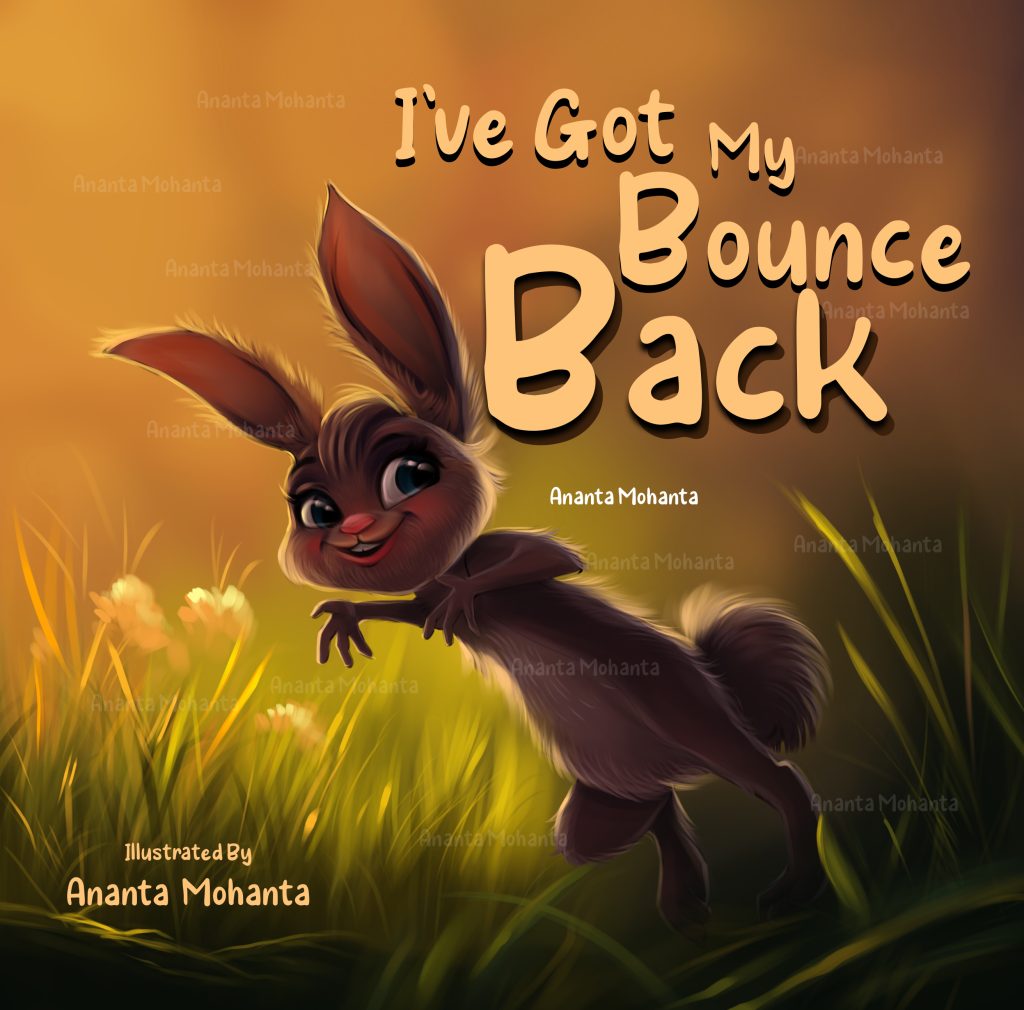
Hi there, I’m Ananta Mohanta. I’ve spent over 15 years helping writers turn their children’s stories into colorful, lively books. When I first picked up my pencil, I had no idea it would lead me here, working as one of the children’s book illustrators for hire that so many authors trust today.
Back then, I didn’t think about becoming a professional children’s book illustrator at all. I just loved drawing — animals, trees, kids playing, and little worlds I imagined in my head. I used to fill old notebooks with sketches when I was young. That’s really where my journey into illustrating children’s books began.
As time went on, one sketch turned into a page, then into a spread, and slowly into whole books. Bit by bit, I found myself working with authors who needed a high quality children’s book artist to bring their ideas to life. And here I am — still drawing, still learning, and still loving every page.
When I first started illustrating children’s books, I didn’t have a grand plan — just a pencil, a lot of passion, and a dream of seeing my characters make kids smile. Over the years, that simple love for drawing has taken me across cultures, languages, and hundreds of wonderful tales waiting to be told through pictures.
In this blog, I want to share how I became a trusted children’s book illustrator for hire, what makes my approach different, and why many authors see me as a high quality children’s book artist they can rely on.
Finding My Passion for Children’s Book Illustration
Like many illustrators for children’s books, I was once just a young artist with a big dream. Drawing came naturally to me as a child. I would spend hours sketching animals, people, and imaginary places. Over time, my love for drawing grew into a calling — creating beautiful children’s book illustrations that bring stories to life.
When I started working as a children’s book illustrator, I realized it’s not just about drawing cute characters. It’s about understanding a story deeply enough to create images that children connect with. Good children’s book illustrations don’t just fill a page — they open a child’s mind.
Why I Offer Free Demos
One thing that sets me apart as a children’s book illustrator for hire is that I always offer a free demo to my authors before we begin. Many new writers are nervous when looking for illustrators for children’s books. They worry: Will the illustrator understand my vision? Will they deliver?
To remove that worry, I give every author a chance to see my children’s book illustrations style in action, without paying anything upfront. If they like my work, we move ahead step by step. If not, they are free to look elsewhere. This open, no-pressure start has helped me earn trust as a high quality children’s book artist.
My Unique Character Design Style
Over the years, my clients say that my character designs make me stand out from other children’s book illustrators for hire. I don’t just draw standard figures. I study the personality of each character — how they talk, how they feel, what makes them special.
When I design for children’s book illustration, I make sure every child and every parent can feel the warmth and charm of each drawing. My goal is to create beautiful children’s book illustrations that stand out in a crowded market.
No Advance Fees – Peace of Mind for Authors
One worry many new authors have when hiring illustrators for children’s books is advance payment. What if the illustrator disappears? What if the quality isn’t right? I understand this fear. That’s why I never take advance fees. Authors pay only when they are satisfied and ready to move forward.
This simple promise has helped me build long-term relationships as a trusted children’s book illustrator for hire. Authors know they are safe working with me — they only pay for what they love. See my portfolio!
Working With Authors Worldwide
Being a children’s book illustrator for hire has given me the joy of working with authors in the USA, UK, Australia, and beyond. No matter where my client is, clear communication is key. I listen carefully to their ideas and keep them updated at every step.
This personal approach is why many writers feel comfortable recommending me when someone asks for high quality children’s book artists. For me, trust and respect always come before the drawing board.
The Step-by-Step Illustration Process
Every children’s book is different, but my process remains the same. Once the free demo is approved, we work on rough sketches. Then, we finalize colors and details. This step-by-step method keeps surprises away and ensures the final children’s book illustrations are exactly what the story needs.
Bringing Stories to Life
Illustrating children’s books is not just work — it’s my passion. Every story deserves pictures that make young readers dream, laugh, and feel something special. I still feel excited every time I start a new book. That excitement is what keeps my children’s book illustrations fresh, unique, and full of heart.
Why Choose Me as Your Children’s Book Illustrator for Hire?
If you are looking for children’s book illustrators for hire, you want someone who cares about your story as much as you do. You want a children’s book illustrator who listens, understands, and delivers beautiful work without risk or stress.
Here’s what I promise:
- Free demo to see my style first.
- No advance fees — pay only when you are happy.
- Unique, warm character designs.
- Clear, friendly communication.
- High quality children’s book artist with 15+ years of experience.
- A partner who loves illustrating children’s books as much as you love writing them.
Final Words
Finding the right children’s book illustrator for hire can feel scary, especially for new authors. My goal is to make it easy, fun, and worry-free. Many of my clients return again and again because they know I genuinely care about their books.
If you are ready to see your story, come alive with beautiful children’s book illustrations, I’d love to hear from you. Let’s create magic for little readers together!
Feel free to visit my website or send me a message anytime — I’m always here to help you bring your story to life with my childrens book illustration services.
Thank you for reading!
Ananta Mohanta — Trusted Children’s Book Illustrator for Hire
To visit more- www.anantaart.com
Pinterest: https://in.pinterest.com/illustratorananta/
If you are finding illustrators for a children’s book, in a world full of children’s book illustrators for hire, choosing the right person matters. Ananta Mohanta stands out among all children’s book illustrators with passion, punctuality, and professionalism. With a strong portfolio of children’s book illustrations, he brings characters to life through his art. For those searching for illustrators for children’s books, his styles offer charm. As a dedicated children’s book illustrator, he understands the magic that each story deserves. Whether you are seeking famous children’s book illustrators or rising talent, or comparing an illustrator’s children’s books, Ananta makes storytelling visually unforgettable.
